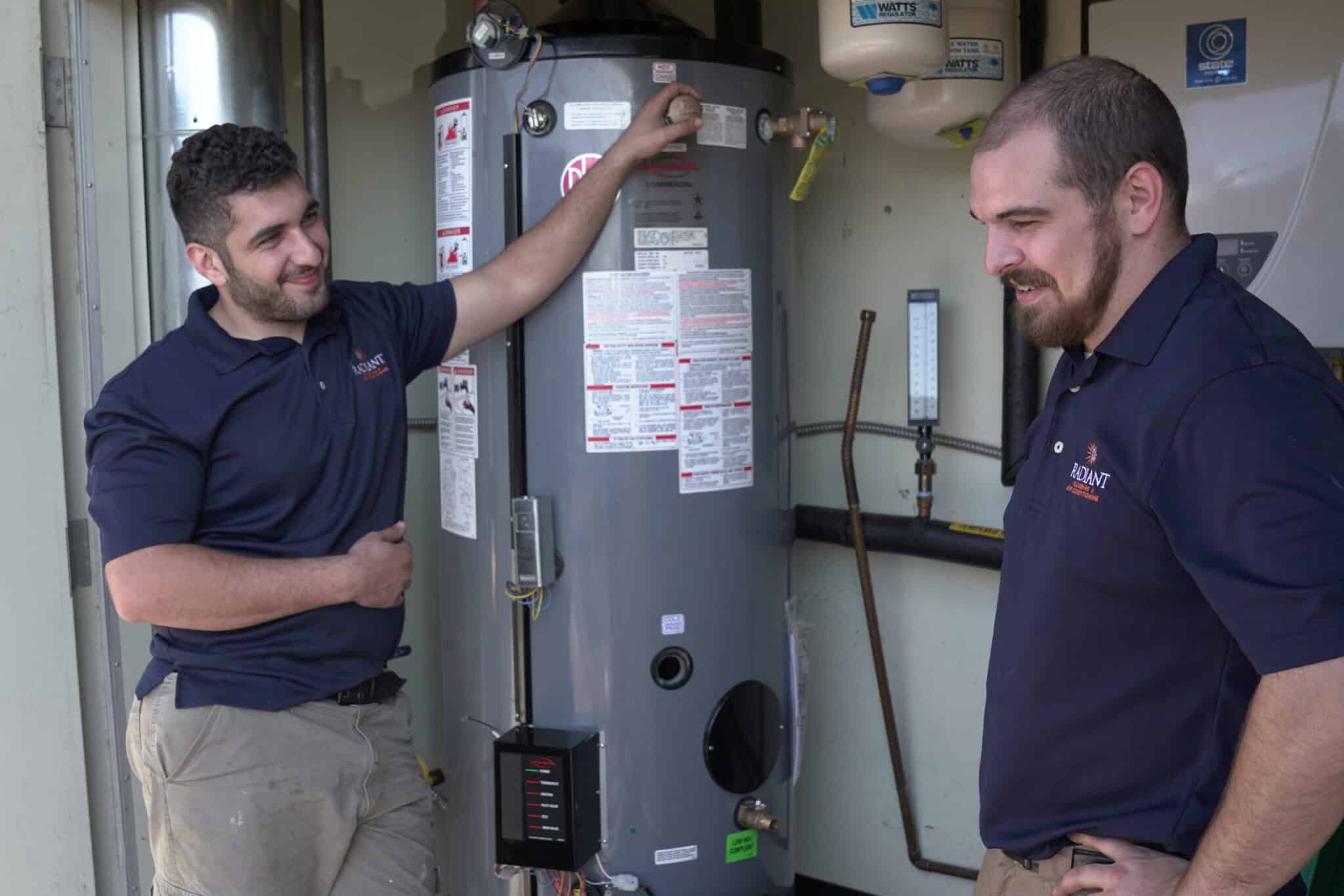This post which follows in relation to Tips For Maintaining Your Hot Water Heater is exceedingly entertaining. Don't bypass it.

Hot water is crucial for day-to-day comfort, whether it's for a refreshing shower or washing recipes. To guarantee your warm water system runs efficiently and lasts longer, routine upkeep is crucial. This post gives practical suggestions and understandings on just how to keep your home's warm water system to avoid interruptions and expensive repair work.
Introduction
Preserving your home's warm water system could appear daunting, but with a few easy steps, you can ensure it runs efficiently for several years to come. This overview covers every little thing from understanding your warm water system to do it yourself upkeep suggestions and understanding when to hire expert help.
Significance of Preserving Your Hot Water System
Routine upkeep not only extends the life expectancy of your hot water system but also ensures it operates effectively. Neglecting upkeep can bring about lowered performance, greater energy bills, and even early failing of the system.
Indications Your Warm Water System Requirements Maintenance
Knowing when your hot water system requires interest can stop major issues. Look out for indicators such as irregular water temperature, weird sounds from the heating system, or corroded water.
Purging the Water Heater
Flushing your water heater removes debris accumulation, improving efficiency and lengthening its life.
Checking and Replacing Anode Rods
Anode poles avoid corrosion inside the tank. Evaluating and changing them when worn is important.
Complex Concerns Needing Professional Aid
Instances include major leakages, electric problems, or if your water heater is constantly underperforming.
Routine Expert Upkeep Perks
Expert maintenance can consist of extensive evaluations, tune-ups, and ensuring conformity with security criteria.
Checking and Readjusting Temperature Level Setups
Changing the temperature level setups makes certain optimal efficiency and safety and security.
DIY Tips for Maintenance
You can do a number of upkeep tasks on your own to keep your warm water system in top problem.
Checking for Leakages
Frequently inspect pipes and links for leaks, as these can lead to water damage and greater bills.
Comprehending Your Warm Water System
Before diving right into maintenance jobs, it's useful to recognize the fundamental parts of your hot water system. Usually, this consists of the hot water heater itself, pipes, anode poles, and temperature controls.
Regular Monthly Upkeep Tasks
Routine monthly checks can assist catch small concerns before they rise.
Testing Pressure Alleviation Valves
Testing the pressure safety valve ensures it works appropriately and prevents excessive pressure build-up.
Protecting Pipelines
Insulating hot water pipelines lowers warm loss and can save power.
When to Call a Specialist
While DIY maintenance is valuable, some concerns require expert experience.
Verdict
Regular maintenance of your home's warm water system is important for efficiency, long life, and cost savings. By complying with these pointers and knowing when to seek expert assistance, you can make certain a dependable supply of hot water without unforeseen disturbances.
How to Maintain an Instant Hot Water Heater
Before tinkering with your hot water heater, make sure that it’s not powered on. You also have to turn off the main circuit breaker and shut off the main gas line to prevent accidents. Also turn off the water valves connected to your unit to prevent water from flowing into and out of the appliance. 2. When you’re done, you have to detach the purge valves’ caps. These look like the letter “T” and are situated on either side of the water valves. Doing so will release any pressure that has accumulated inside the valves while at the same time avoid hot water from shooting out and burning your skin. 3. When the purge valves’ caps are removed, you have to connect your hosing lines to the valves. Your unit should have come with three hoses but if it didn’t, you can purchase these things from any hardware or home repair shops. You can also get them from retail stores that sell water heating systems. Read the user’s manual and follow it to complete this task properly. When the hosing lines are connected, open the purge port’s valves. 4. You should never use harsh chemical cleaners or solutions when cleaning your unit. Make use of white vinegar instead. It should be undiluted and you’ll probably use about 2 gallons. 5. Now flush your water heater. This task should probably take about 40 minutes. We can’t give you specific directions for this because the procedure is carried out depending on the type, model and brand of your heater. With that being said, refer to the user’s manual. 6. When you’re done draining the unit, you have to turn off the purge port valves again. Remove the hosing lines that you earlier installed on each of the water valves. Put the valve caps (purge port) back in their respective places and be very careful so as not to damage the rubber discs that are found inside these caps. 7. Now that everything’s back in place, check your user’s manual again to find out how to reactivate your water heating system. 8. Once it is working, turn one of your hot water faucets on just to let air pass through the heater’s water supply pipes. Leave the tap on until water flows smoothly out of it. https://www.orrplumbing.com/blog/2014/september/how-to-maintain-an-instant-hot-water-heater/

Hopefully you enjoyed reading our topic on Tips For Maintaining Your Hot Water Heater. Many thanks for spending some time to read through our short article. Feel free to take the time to distribute this page if you enjoyed reading it. Thanks a bunch for being here. Return soon.
Call Today
 Daniel Stern Then & Now!
Daniel Stern Then & Now! Heath Ledger Then & Now!
Heath Ledger Then & Now! Danny Pintauro Then & Now!
Danny Pintauro Then & Now! Susan Dey Then & Now!
Susan Dey Then & Now! Nicholle Tom Then & Now!
Nicholle Tom Then & Now!